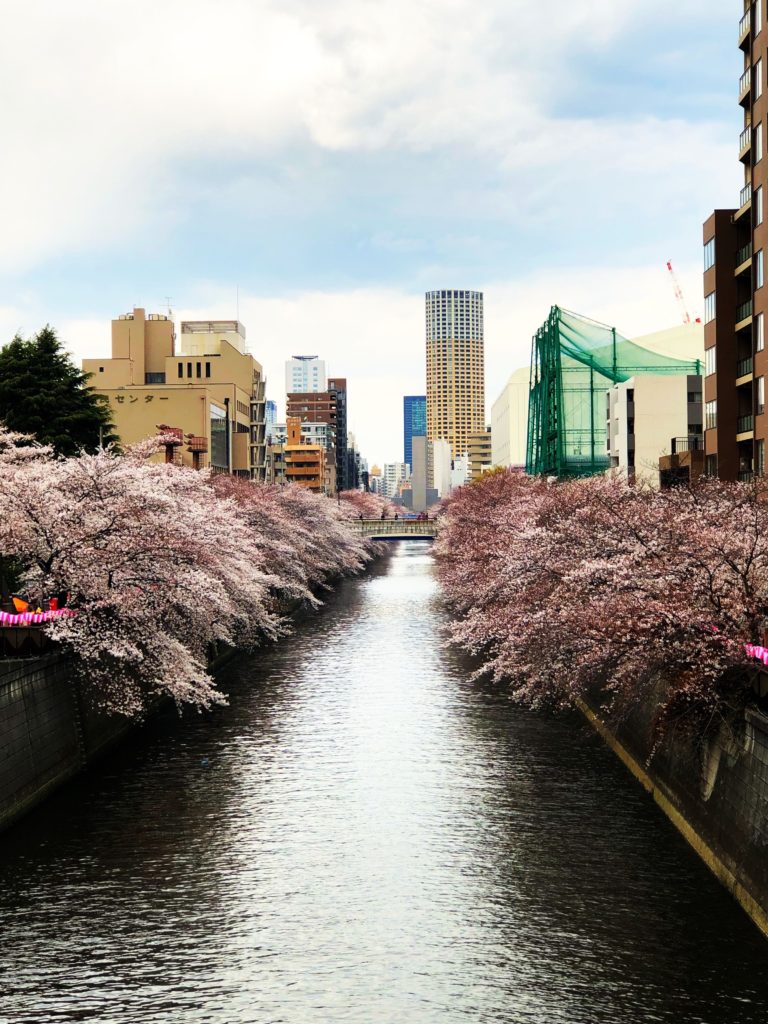Aloha! This is Patrick from Smith’s School of English in Koenji, Tokyo. When people imagine Tokyo, they might envision a city dotted with skyscrapers, neon billboards, an elaborate rail system and people, lots of people. Yes, the most populated city in the world is all that and more.
When I arrived and started to settle in one of Tokyo’s many busy cities or “ku”, I observed something odd as I wondered around on foot. Why are there so many raised pathways running down the center of roads or in the middle of a neighborhood? I wondered why it had the feel of a park with trees, flowerbeds, the occasional bench, paved walkways, and random sculpture? As I looked a little closer, I noticed that many of these random sculptures depicted river animals like frogs, beavers, ducks and fish. Why?

I soon learned that more than 100 rivers and canals run underneath this metropolis. The waterways of Edo, as Tokyo was known then, was larger than London by the 1700s. If we were to look at an old map of Edo, we would see that modern-day Tokyo was truly once a sprawling city of rivers, streams, canals and estuaries.

The mega-rivers are the Tamagawa, Sumida, Arakawa, and Edogawa rivers. There are also over 100 small and mid-sized rivers and canals such as the Kanda, Meguro, and Zenpukujigawa rivers. Many of the major rivers are still visible today, but many of the smaller tributaries were moved underground or diverted. This was part of Tokyo’s urban development in the second half of the 20th century.


I guess you could say that once upon a time, Tokyo may have resembled Venice, Italy. Many of the world’s oldest cities emerged around rivers because rivers played a significant role in sustaining life and commerce. Great civilizations and cities have always been built near or around the waterway, and Tokyo is no exception.
Leave a Reply